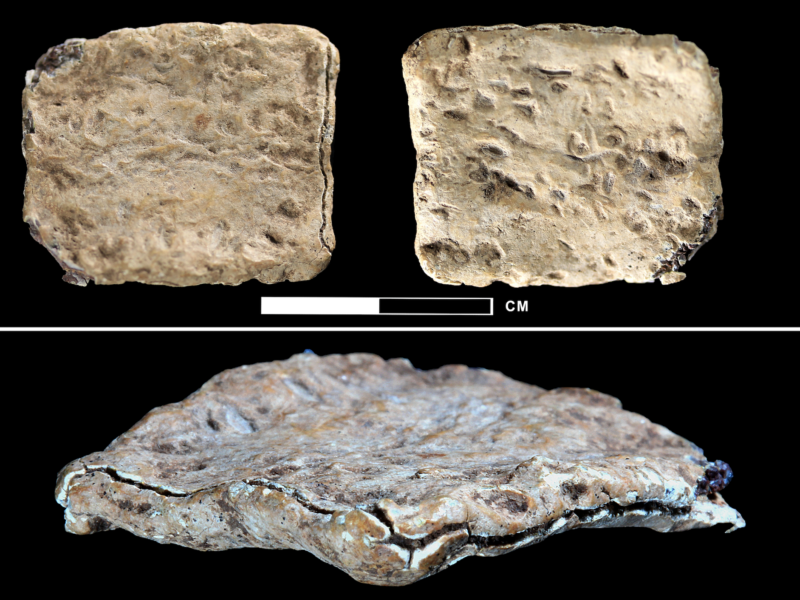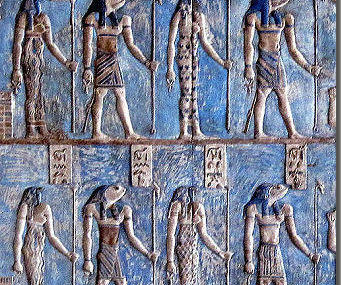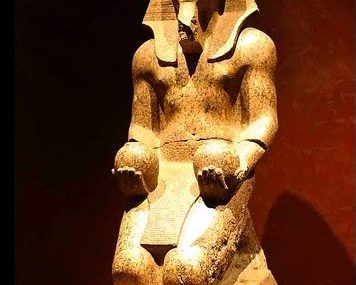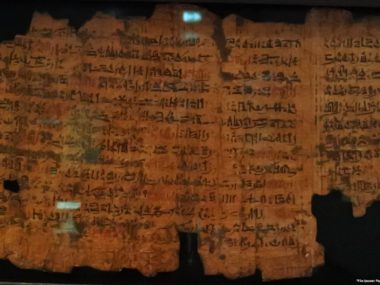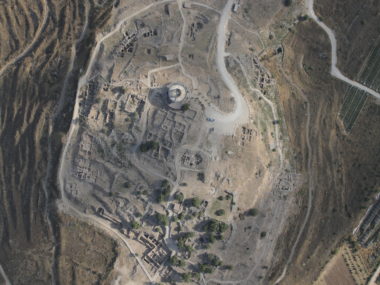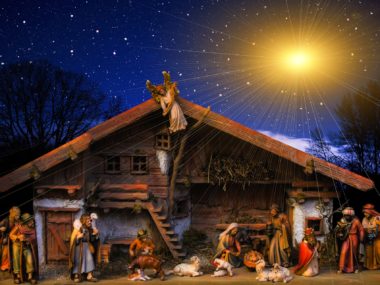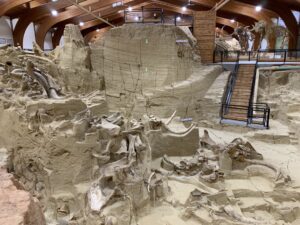Over a year ago, a small lead tablet made big news. In March 2022, archaeologist Scott Stripling held a press conference. Here, he announced that his team discovered a lead curse tablet at the site of Joshua’s altar on Mount Ebal. At the time of the press conference, no peer-reviewed academic journal article had yet been published, nor were any photographs of the text available to the public. Because of this, the academic community was unable to discuss or debate the details about the tablet. On May 12, 2023, the long-awaited peer-reviewed paper was finally published.1
The views expressed reflect those of the author, and not necessarily those of New Creation.
The Altar on Mount Ebal
Deuteronomy 27 and Joshua 8:30–35 record a ceremony that took place on Mount Gerizim and Mount Ebal. The two mountains stood opposite each other separated by a steep valley. The Israelites assembled on the slopes of the mountains, six tribes on one and six tribes on the other. They had come to this place to perform a solemn ceremony. It was the formation of a new nation, a legal contract between the Israelites and their God. The tribes assembled on Mount Gerizim recited the blessings with which God would bless them if they obeyed His commandments. The tribes on Mount Ebal repeated the curses with which God would curse them if they disobeyed Him (Deuteronomy 27:11–13). The implications were clear. The Israelites were accepting God as their sovereign ruler. They were accepting accountability for their future actions.
As part of the ceremony, Joshua set up stones with God’s law written on them, and there, on Mount Ebal, he built an altar and sacrificed to God (Joshua 8:30–32). Joshua appropriately built the altar on Mount Ebal, the mountain of the curse, since God required sacrifices when the people had broken His law and needed to atone for their sins.
The Archaeology of Mount Ebal
Zertal’s Discovery
Over the past centuries, explorers and archaeologists have searched for Joshua’s altar on Mount Ebal, but to no avail. Then, in the 1980s, a secular Israeli archaeologist, Adam Zertal, was conducting an archaeological survey of the entire region and stumbled upon a unique site on the upper slopes of the mountain.2 Zertal did not believe that the biblical account of Joshua’s altar represented an actual event. What he discovered changed his mind.
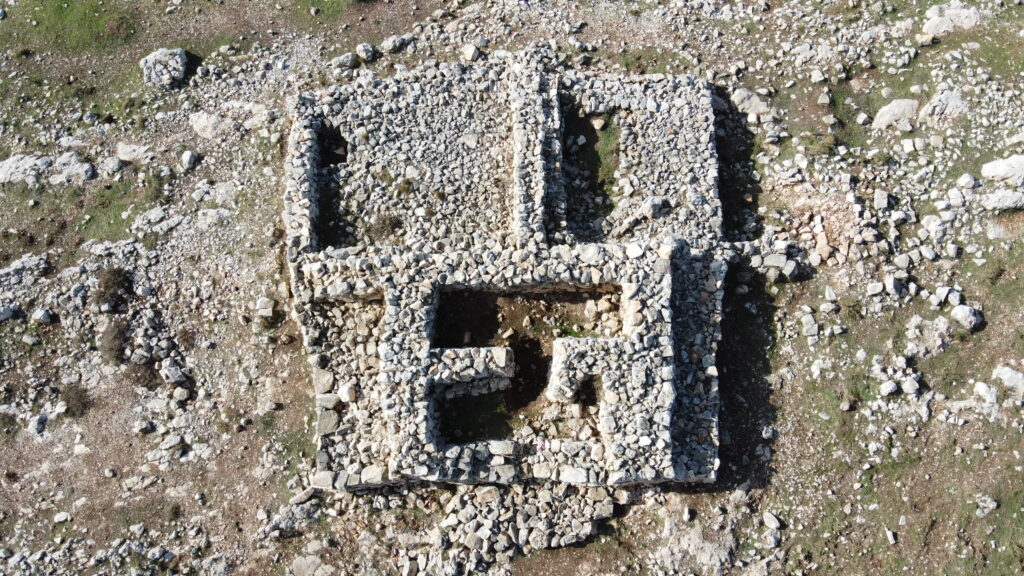
Eight years of excavation revealed a large stone enclosure. Inside the enclosure was a smaller stone enclosure, and inside that enclosure lay a large rectangular structure filled with ashes and bones. Beneath the rectangular structure and dating to a slightly earlier phase, was a smaller round structure.3 It was clear from the bones and ashes as well rich findings such as gold and silver jewelry, that this was an early Israelite religious site. Zertal believed that he had discovered Joshua’s altar.4 Time went on, and Zertal passed away without ever publishing a final excavation report about the site. Most people didn’t even know what he had found.
Stripling’s Sifting Project
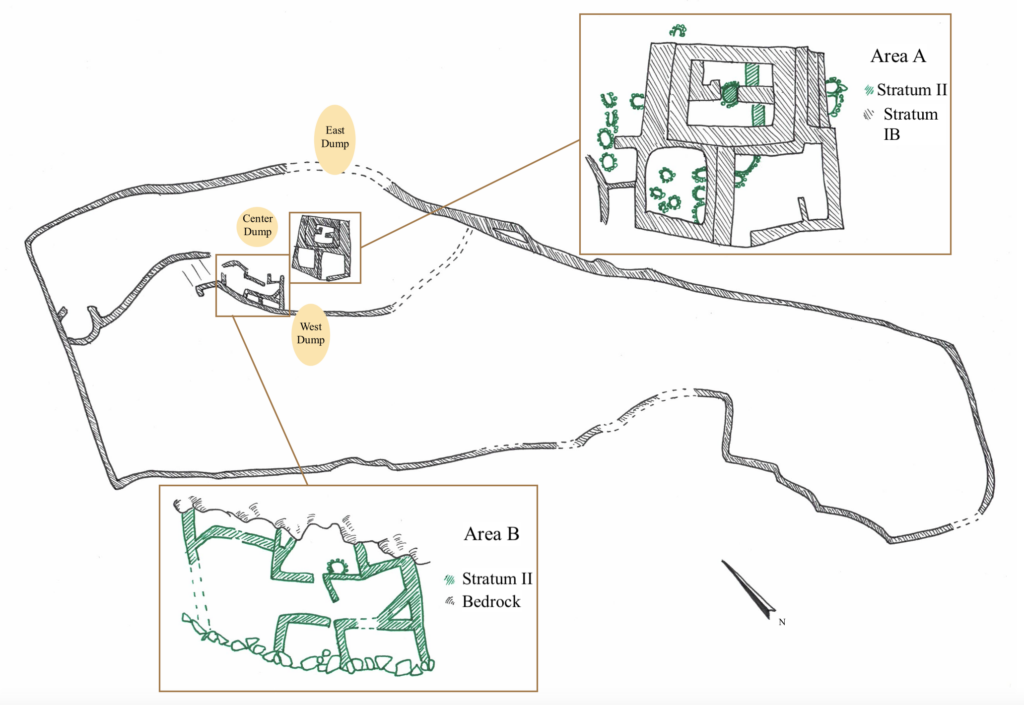
Then, in 2019, a team from Associates for Biblical Research, led by archaeologist Scott Stripling, took an interest in the site. Stripling had successfully implemented an archaeological practice known as wet sifting at his excavation at Tel Shiloh. Using wet sifting his team found many small items which would have otherwise gone undiscovered. Stripling decided to see what Zertal may have missed in his excavation at Mount Ebal. The team found the dump piles from Zertal’s excavation and moved some of the material to a location where they could wet sift them. As expected, they found many small items including pottery sherds, beads, metal tools, and flint blades.
One day, Frankie Snyder, one of the team members and an experienced wet sifter, found a flat, square object. As soon as she picked it up, she could tell by the weight that it was made of lead. Stripling and the team immediately understood that this was an important artifact. Lead tablets were frequently used in the ancient world to inscribe curses. Finding a lead curse tablet on Mount Ebal, the mountain of the curse, could not be a coincidence.
The Curse Tablet
The tablet, made of lead, is folded in half and currently measures 2 x 2 cm. Unfolded, it would be twice that size. The team’s conservator was not able to unfold the tablet without risking breaking it.
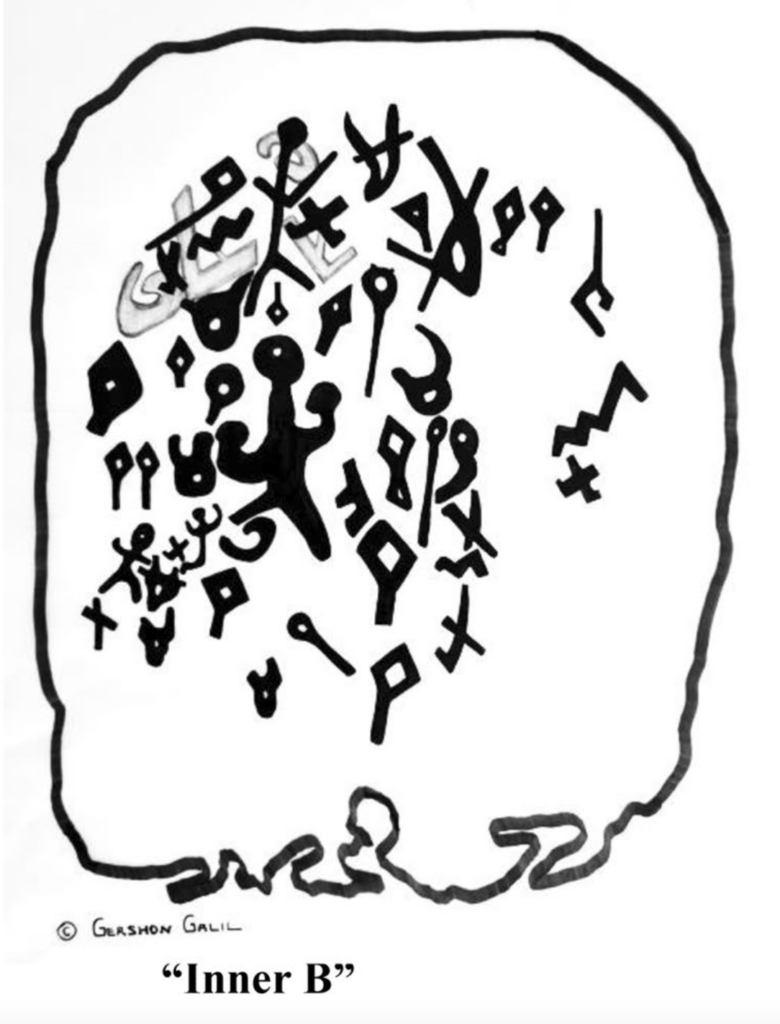
Instead, Stripling sent the tablet to a lab in Prague, where experts were able to use a tomographic scanner to view the interior surface of the tablet. Using VG Max software, they were able to optically reconstruct the interior surfaces of the tablet so that researchers could view the letters incised on the tablet.
Translating the Inscription
Epigraphers Gershon Galil and Pieter Gert van der Veen were able to distinguish 48 letters comprising 14 words on the inner surface of the tablet. Translated into English, Gershon and van der Veen’s interpretation of the inscription reads,
“You are cursed by the god yhw, cursed.
You will die, cursed – cursed you will surely die.
Cursed you are by yhw – cursed.”
The letters belong to an ancient alphabet used for both the Hebrew language and the Canaanite language. The presence of the name yhw on the tablet makes it clear that this inscription is in the Hebrew language, not Canaanite, since the early Israelites were the only people group known to worship the God Yahweh.
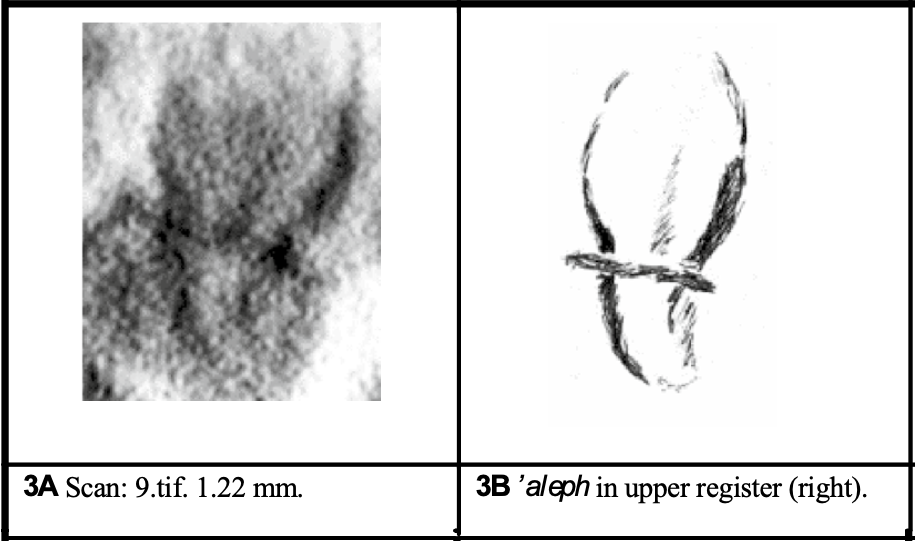
According to the authors of the article, the tablet dates to the Late Bronze Age II, the period of the Israelite conquest of Canaan. They base this dating primarily on the form of the letters. An analysis of the lead seems to support this date, since the analysis demonstrated that the lead came from the Laviron mines, which were in use during the Late Bronze Age II. The date also fits the archaeological context at the site, dating to the earlier phase with the small, round altar rather than the later phase with the large rectangular altar.
The Implications of the Tablet
If the authors of the article are correct in their interpretation of the text and the dating of the tablet, it is the earliest known Hebrew inscription ever discovered in Israel. Given the date of the tablet and its content, it is quite possible that this tablet could date to the original ceremony at Mount Ebal when Joshua built the altar and the tribes pronounced blessings from Mount Gerizim and curses from Mount Ebal.
This is a very exciting find for biblical archaeologists, as it correlates very nicely with the biblical record. For many secular archaeologists, on the other hand, it is very problematic. Most secular archaeologists reject the historicity of the Exodus and Conquest as described in the Bible. They believe that the Israelites did not appear in the land of Canaan until two or more centuries after the biblical date of the Exodus.
Even before the peer-reviewed article came out, scholars had already begun criticizing the tablet. They claimed it was either a forgery, or planted at the site. Now that the scans of the inscription have been published, it is likely that there will be much debate and criticism about the translation of the inscription. This is common with the publication of any inscription, since ancient inscriptions are typically difficult to decipher, and epigraphers often disagree on interpretations. In the case of the Mount Ebal tablet, which has the potential to force secular archaeologists to re-think what they know about the early history of the Israelites, it is likely that the debate will be especially fierce.
History in the Making
If the interpretation of the inscription as presented by Galil and van der Veen holds up to scholarly scrutiny, then this small tablet ranks among the top all-time finds for biblical archaeology. A tablet from Mount Ebal, dating to the period of Joshua, and bearing curses in the name of the Israelite God is a highly significant find which supports the historic reliability of Scripture.
Footnotes
- Stripling, Scott, Gershon Galil, Ivana Kumpova, Jaroslav Valach, Pieter Gert van der Veen, and David Vavrik. 2023. “‘You are Cursed by the God YHW:’ an early Hebrew inscription from Mt. Ebal.” Heritage Science 11 (105). https://doi.org/10.1186/s40494-023-00920-9 ↩︎
- Zertal, Adam. 2004. The Manasseh Hill Country Survey: Volume I: The Shechem Syncline. Leiden: Brill. ↩︎
- Leavitt, Abigail. 2022. The El-Burnat (A) Structure(s): Joshua’s Altar? Katy: Nehemiah Press. ↩︎
- Zertal, Adam. 1987. “An Early Iron Age Cultic Site on Mount Ebal: Excavation Seasons 1982–1987.” Tel Aviv 13–14 (2): 105–165. ↩︎

